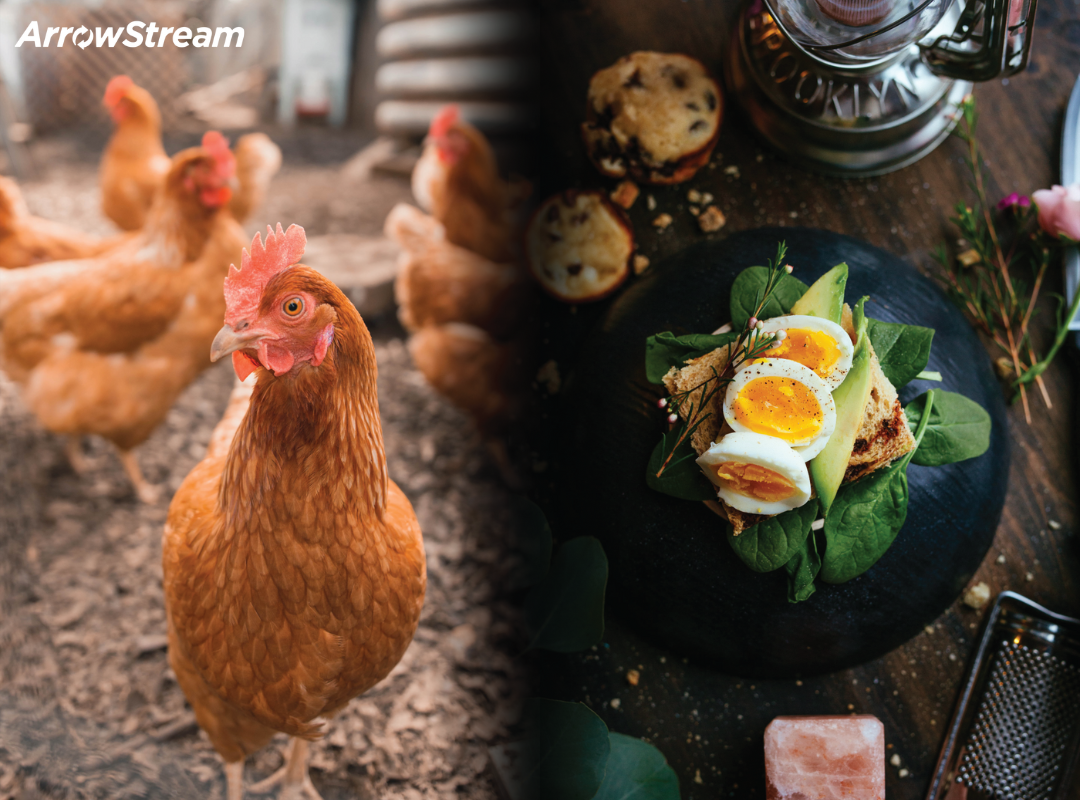
Formerly one-dimensional foodservice enterprises are expanding to new ventures in response to recent supply chain bottlenecks and commodity price volatility. Restaurants and grocery stores are expanding their operations to food production, processing, and distribution in order to mitigate reliance on a turbulent and disruptive global market.
Kroger, the fourth largest grocery chain in America with 1,338 locations across 18 states and $138 billion in annual revenue, has recently launched a distribution business — supplying restaurants, bakeries, and catering companies in the greater Dallas area with next-day delivery and competitive wholesale pricing on an assortment of food products and commodities. Kroger has positioned its new distribution business as a supplier for small and independent restaurants, offering set prices and frequent delivery to establishments that may have difficulty meeting the order minimums required by many foodservice distributors. “Supply chain bottlenecks are impacting nearly every restaurant across the country,” said Corey Mobley, Executive Director of the North Texas region of the Texas Restaurant Association, “this opportunity comes at a great time for small and independent restaurants.” While Kroger is currently conducting its delivery fulfillment primarily through its stores, the company is constructing a 350,000 square foot automated customer fulfillment center in the Dallas area that is expected to be operational by the end of 2022.
Grocery chains such as Kroger, Walmart, and Albertsons have also invested in their own milk-processing plants and Kroger currently processes over 90% of the milk sold at its stores. Competition for customers in the milk market is fierce and grocers are looking for any means to reduce prices to draw them.
While some food industry enterprises are branching out into processing and distribution, American fast casual restaurant chain Wingstop is seeking to develop a presence in food production through the construction or purchase of a poultry production facility in the next two to three years. The price of chicken has seen dramatic volatility over the last few years as demand for poultry during the pandemic far exceeded available supply. Wingstop claimed that the cost of chicken wings reached record levels in 2021 with a 40.9% year over year increase. Chicken wings comprise approximately 65% of Wingstop’s total sales revenue, so ensuring the availability and affordability of this vital commodity has become a top priority for the company. “Our strategy of maintaining best-in-class returns is minimizing the volatility we see in our core commodity,” said Wingstop CFO Alex Kaleida, “That’s a further unlock and acceleration in our growth. So, we are executing a clearly defined strategy to take greater control of our supply chain.”
Companies are evolving and expanding in order to break away from the constraints of relying on other businesses. Similar to how Amazon started a delivery enterprise for its merchandise or how Netflix began creating its own streaming content, grocery stores and restaurants are now becoming their own suppliers through venturing into food production, processing, and distribution.
